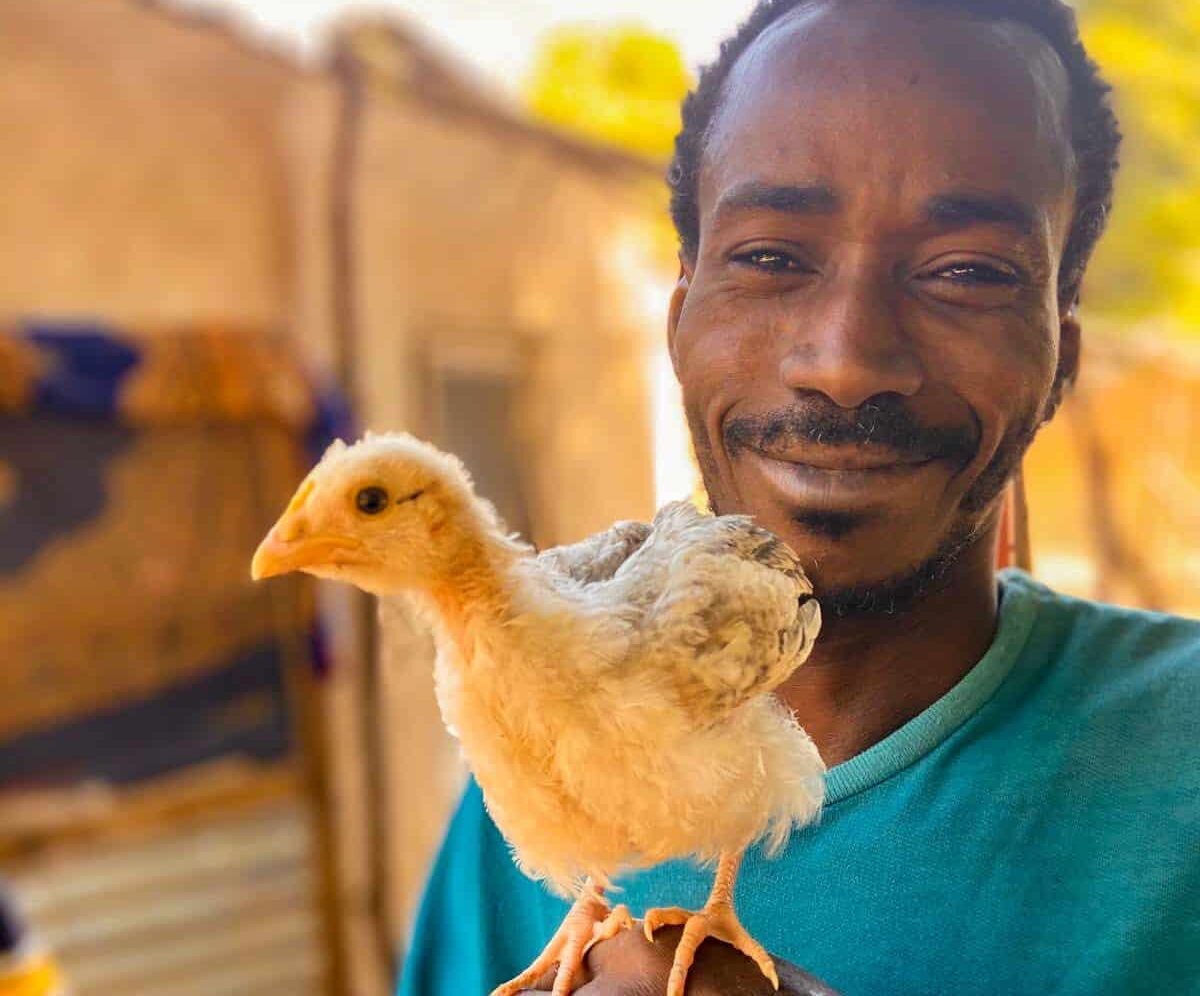The more humans push out into what was once land occupied only by animals, the more we see the rise of zoonotic diseases – that is diseases that are transmitted between animals and humans.
After three years of a pandemic, we are all aware of COVID, likely spilled over from a wild animal and has been passed among people (and other animals) ever since. But other, more localized outbreaks are occurring simultaneously, from the multi-country outbreak of mpox to the recent re-emergence of Marburg virus, which is transmitted by fruit bats, in Tanzania and Equatorial Guinea.
Zoonotic diseases, from anthrax to rabies, are transmitted differently and their spread can be prevented with different types of behaviors. For some, the emphasis is on stopping the spillover from animals. Some require rapid responses to keep an outbreak from spreading between people. But how are health officials to know the best ways to motivate people to take preventive actions – to avoid spillover, report cases and limit person-to-person transmission – when each disease contains its own challenges and communication tactics?
The Johns Hopkins Center for Communication Programs-led Breakthrough ACTION project, with USAID Global Health Security funding, has developed a web-based toolkit based on CCP research that equips people to collect behavioral data on zoonotic diseases.
The Zoonotic Behavioral Research Assessments (ZBRA) provides resources for conducting qualitative and quantitative research to inform strategic social and behavior change interventions to prevent zoonotic spillover and stop outbreaks before they become epidemics. ZBRA is also designed to help people in affected countries identify quick research and social listening strategies that can be implemented immediately when a threat appears to ensure they can wage an effective response.
“In emergencies, people must have the information that they need in a way that they can understand it and is motivational to them,” says CCP’s Natalie Tibbels, who is leading the effort.
“Our goal is to tailor our response in every setting to the current perceptions, beliefs, fears, concerns and behaviors that communities have when an outbreak begins.
“The landscape is changing constantly with misinformation and disinformation out there. We need to understand: What are people doing? What are people thinking about? What are they worried about? If we have a vaccine, how would people feel about getting one?”
CCP has vast experience in responding to and preventing infectious disease outbreaks from Ebola to Zika to COVID-19, for which the Breakthrough ACTION project has received $78 million for work in 26 countries since the pandemic began three years ago. This has been good training for an era of more zoonotic disease.
Tibbels says just because the website contains information on 14 diseases in 11 countries doesn’t mean the work is done. It’s not a static project. Recently, the team has started gathering information about the Nipah virus, which comes from bats and has been spreading in Bangladesh, killing most who contract it.
“As pathogens emerge, or reemerge, as we conduct new research, as we develop and validate new tools, we are adding those, making the ZBRA even more useful and timely,” she says.





